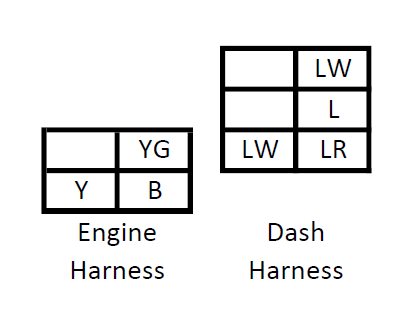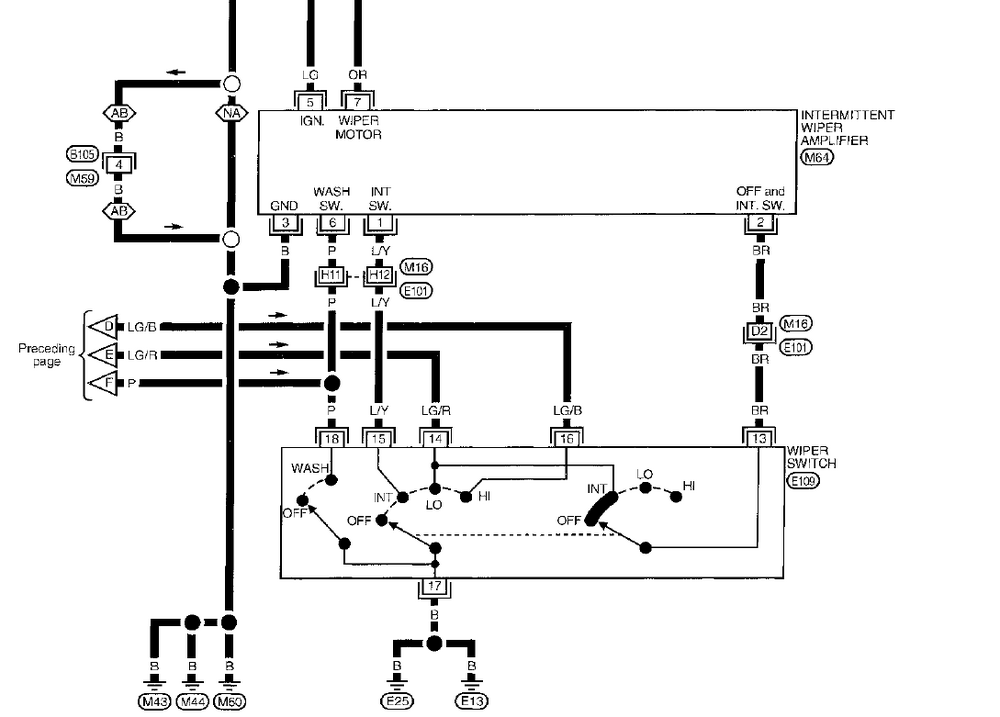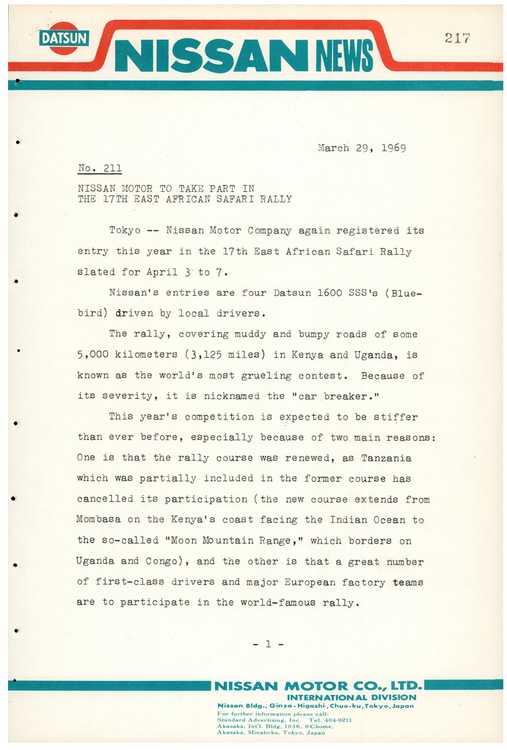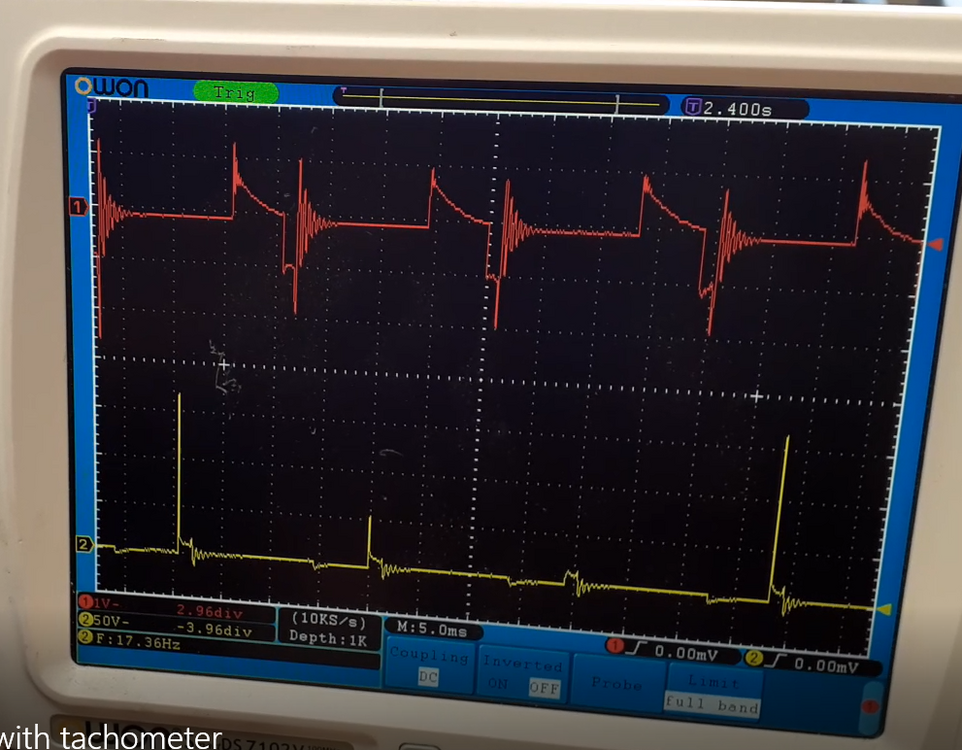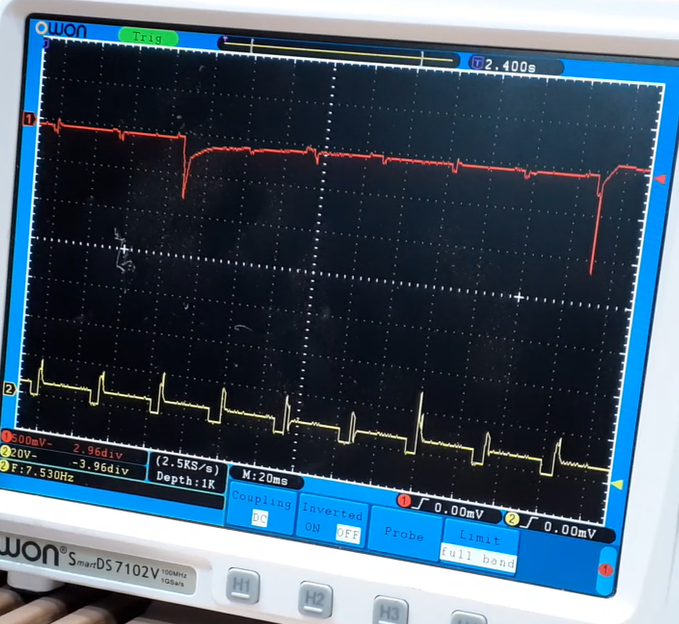@siteunseenPCV valve is in and working well. Actually was one of the first things I looked at. The PCV valve is at the center of the intake, not near where those EGR connections were.
Anyways, by sheer luck everyone I believe I discovered the issue. I think there is a broken lead in the harness at the AFM connector. The connector is solid on the harness, however, when I wiggle the harness directly beneath the connector the engine either dies, stumbles, pops out the front, or surges. In other words, I got it to display all of the lovely issues the engine had.
Funny cause somewhere in this thread I said that the "AFM connector is solid". Goes to show that you really have to pay attention to the little things on these cars, and not assume it's fine. Even if it was before.
Now I am not 100% positive the AFM is the problem, because I have not gone in to try and fix it, but I am about 90% sure.
Here is a video proving my point!
 Subscriber
Subscriber 2Points11,142Posts
2Points11,142Posts






